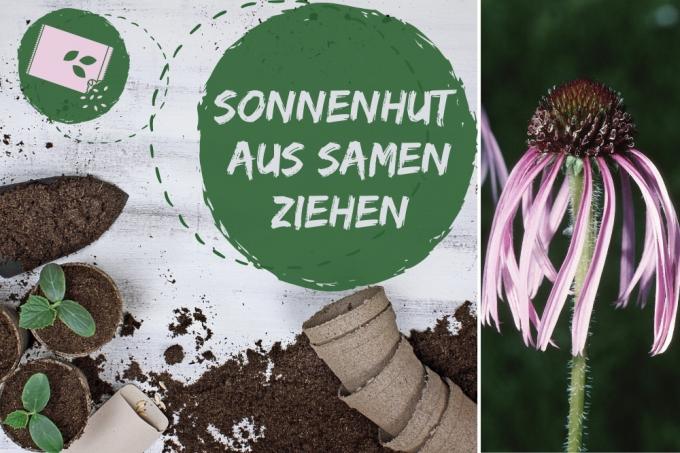
table of contents
- Win coneflower seeds
- preparation
- Sow the coneflower outdoors
- Prefer in pots
The coneflower is a popular plant genus in your own garden due to its decorative flowers. Sowing the perennials is well suited for cultivation when a larger number of specimens is desired.
Win coneflower seeds
If you don't want to acquire seeds, you can collect the coneflower seeds on your own. All you need is one plant in the garden that can be used as a donor. The time to harvest the seeds is determined by the flowering time. This lasts from July to September. During or after the flowering period, the seeds are harvested:
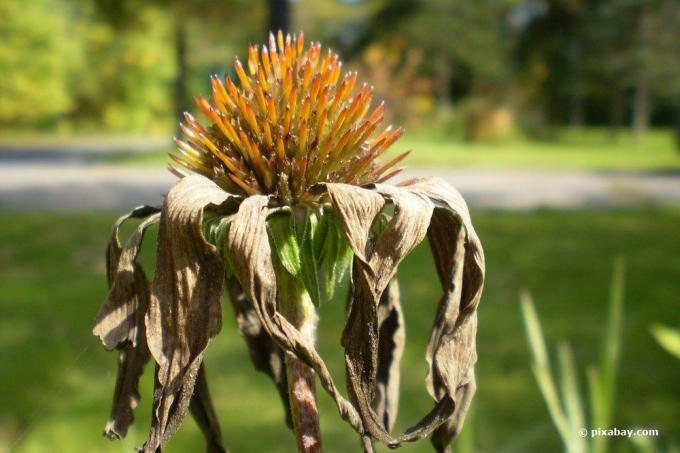
- Flowers have to wither
- make a complete cut back
- Remove tubular flowers
- Remove the chaff leaves (hedgehog spines)
- Exposing the seeds
- Harvest seeds
- optional: shake the flower
- Seed color: beige
A single flower provides a large amount of seed. Since harvesting is only possible when dry, you no longer have to dry the coneflower seeds yourself before using them. However, just like the sachet seeds, they must be prepared before sowing.
Tip: Sun hats sow themselves on their own if the inflorescences are not removed after they have withered. They lose seeds and with a little luck they will germinate around the mother plant and eventually grow into healthy young coneflower plants.
preparation
The preparation for cultivation is divided into two points, which depend on the source of the seed. If you have collected coneflower seeds yourself, you have to stratify them into the next year after the harvest. Without the cold stimulus, they do not germinate. The stratification is carried out in the following way:
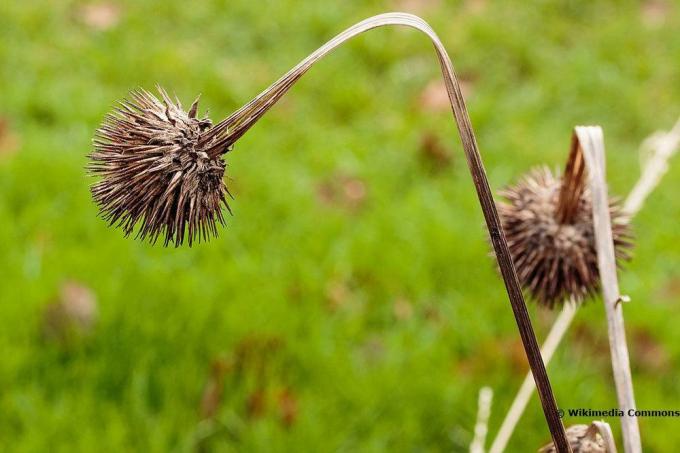
- Open the freezer bag
- Fill in the screed sand
- alternatively: peat-screed sand mixture
- moisten well
- Put sun hat seeds inside
- Place in the vegetable drawer
- moisten regularly
Just leave the seeds in the vegetable drawer until the new season's sowing date is due. Depending on whether you prefer the sun hats in the pot or sow directly in the field, there is a different time:
- April to May outdoors
- February to March in pots
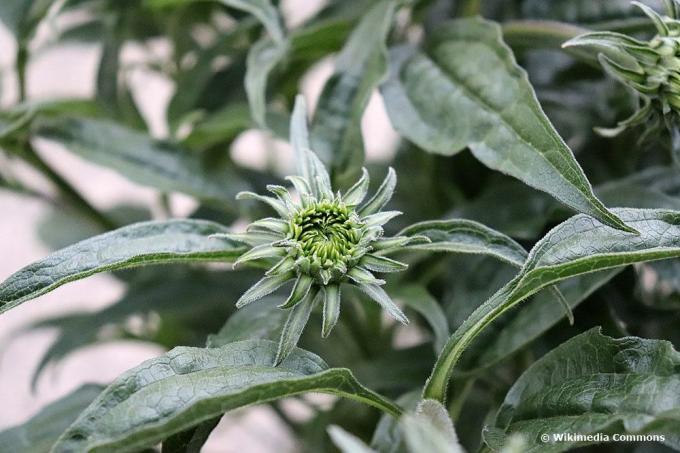
There are no special temperatures to consider when cultivating outdoors. Echinacea are hardy and even the seedlings can withstand cool weather without any problems. It is also advisable to soak the seeds in water 24 hours before sowing. This is particularly recommended for seeds from the bag, as in many cases they have not received any cold stimulus. It doesn't matter what kind of water it is. It just shouldn't be heated.
Sow the coneflower outdoors
Many people prefer to sow the coneflower outdoors. It hardly requires any effort, as the seedlings do not have to be brought forward and therefore no additional care is required. Before distributing the seeds in the bed, you should prepare the soil:
- profound
- nutritious
- humus
- loamy
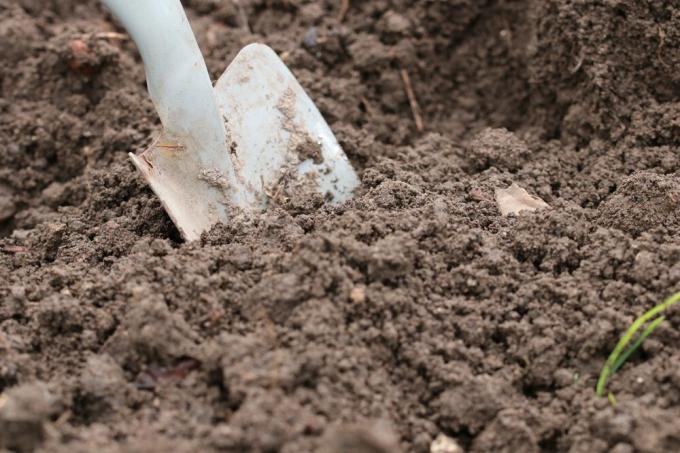
Garden soil is sufficient for this. At this point it should compost can only be incorporated to improve the soil. Sowing can be done in the following way:
- create individual rows
- up to 5 cm deep
- Row spacing: 20 to 40 cm (depending on type)
- sowing
- Cover with 2 cm of soil
- moisten well
When sowing the coneflower outdoors, you have the choice of distributing the seeds either in large quantities in a row or individual seeds at a distance of 40 centimeters from each other. If you choose the first option, you have to prick out the seedlings after the germination time of 14 to 28 days, otherwise it will be too close in line. This is not necessary for individual sowing. After the seedlings have been pricked out, they only need to be planted in a suitable location in order to thrive. From this point on it is important to care for each sun hat as required by the species.
Tip: Coneflower is known to be popular with snails. For this reason, put on a snail cover for the plants before cultivation.
Prefer in pots

In general, the genus Echinacea is not so easy to cultivate by sowing, as seedlings appear after extremely different germination times. Some are ready to prick out in as little as 14 days, while others take a whole month. One advantage is bringing forward because you can put the young plants together in a bed at the end without waiting for individual specimens. This is especially important for projects with different colors if they are to bloom together. If you prefer, proceed as follows:
- Prepare the seed tray
- fill with growing medium
- Sow seeds on substrate
- Distance: up to 2 cm
- do not cover or cover with little soil
- press carefully
- moisten well
It is then important that the humidity and temperature remain constant. Place the seed tray in a mini greenhouse or cover it with a cling film. The germination temperature is between 20 ° C and 22 ° C, the location should not be bright. Let the seeds germinate now. During the germination period, you should permanently check the humidity so that the seedlings do not dry out. As soon as enough pairs of leaves can be seen, the young plants move into individual pots, which will be happy about a substrate with many nutrients. The location for the young plants should be as follows:
- Light requirement: bright
- no direct sun
- cool

Well-suited locations are, for example, unheated rooms or a stairwell that is not too dark. Over the coming weeks, the coneflower specimens will be put outside during the day to get them used to the outdoors. The planting date is right after the ice saints so that the young plants do not have to struggle with late frosts. If you are lucky and the location offers sufficient nutrients, you may be able to look forward to flowers by the end of summer. Typically, however, these are not trained until the second year.
Note: If you have used seeds obtained yourself, you must expect that the result will not be the desired variety.



